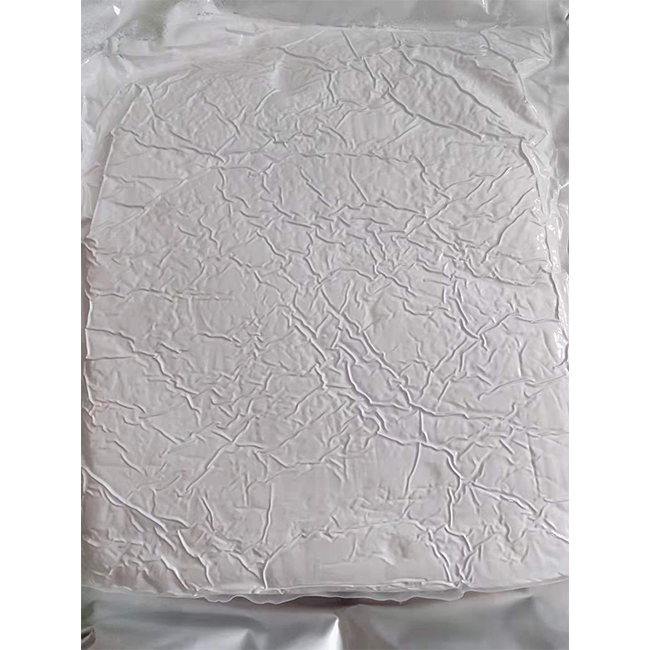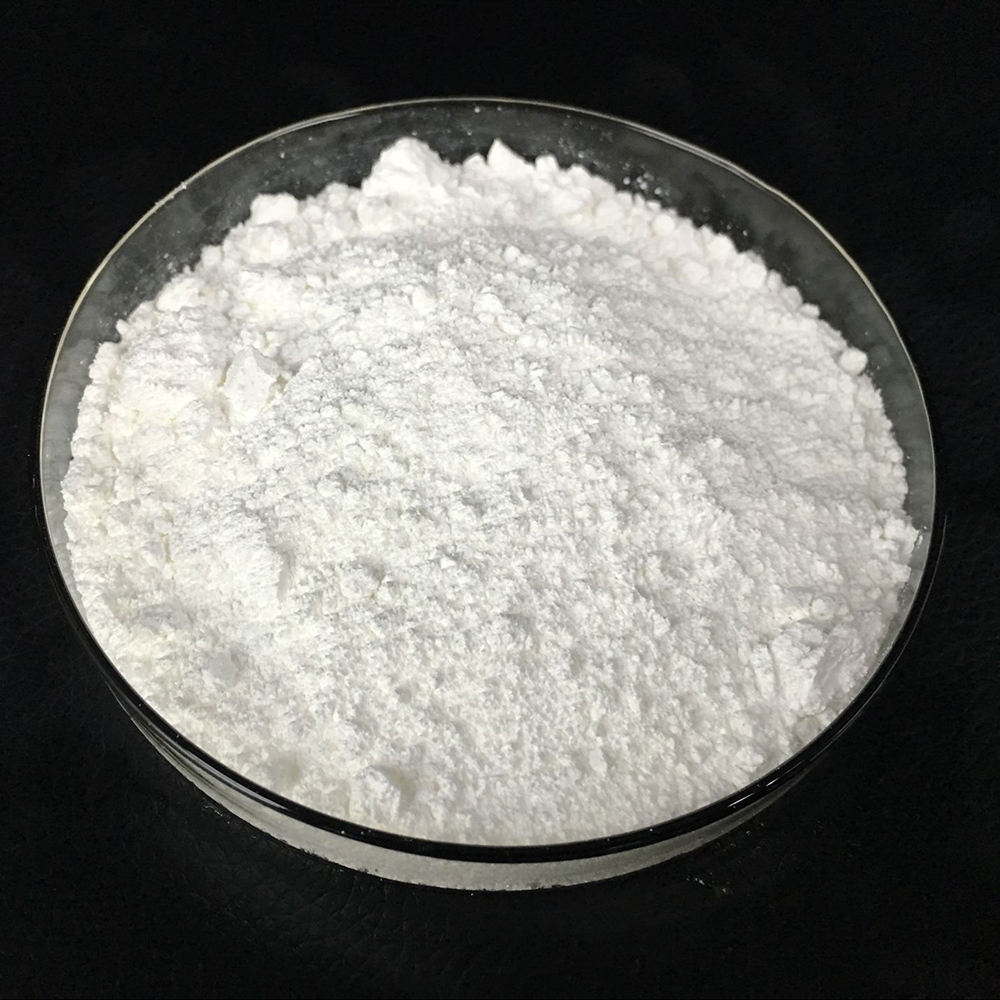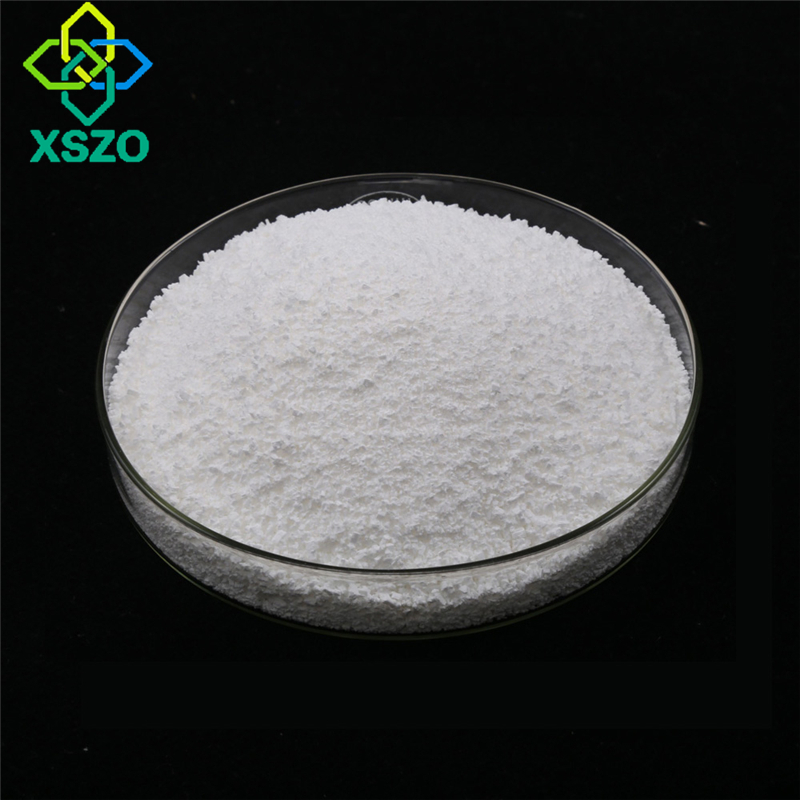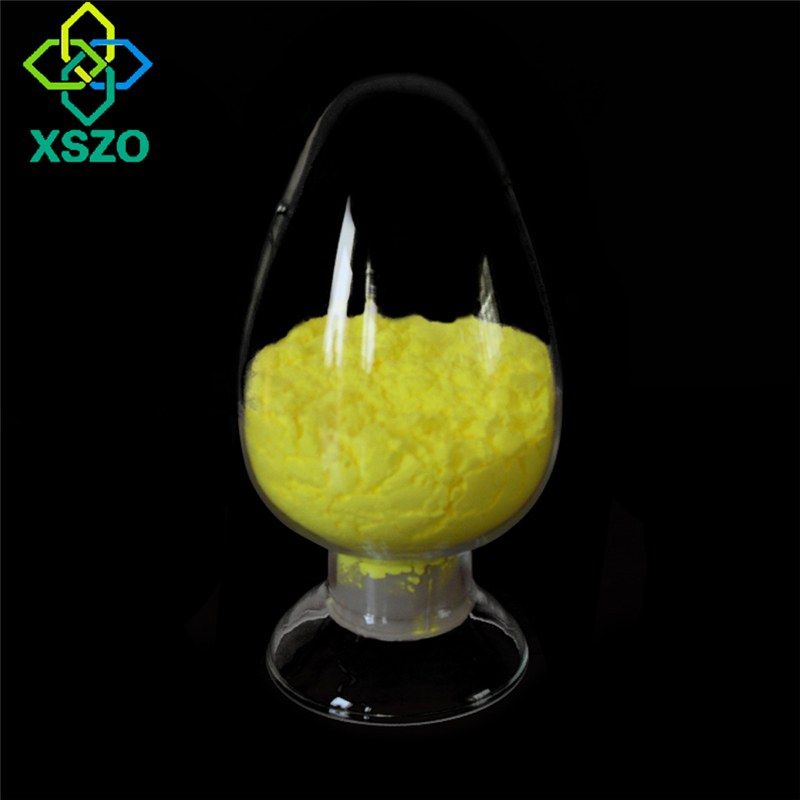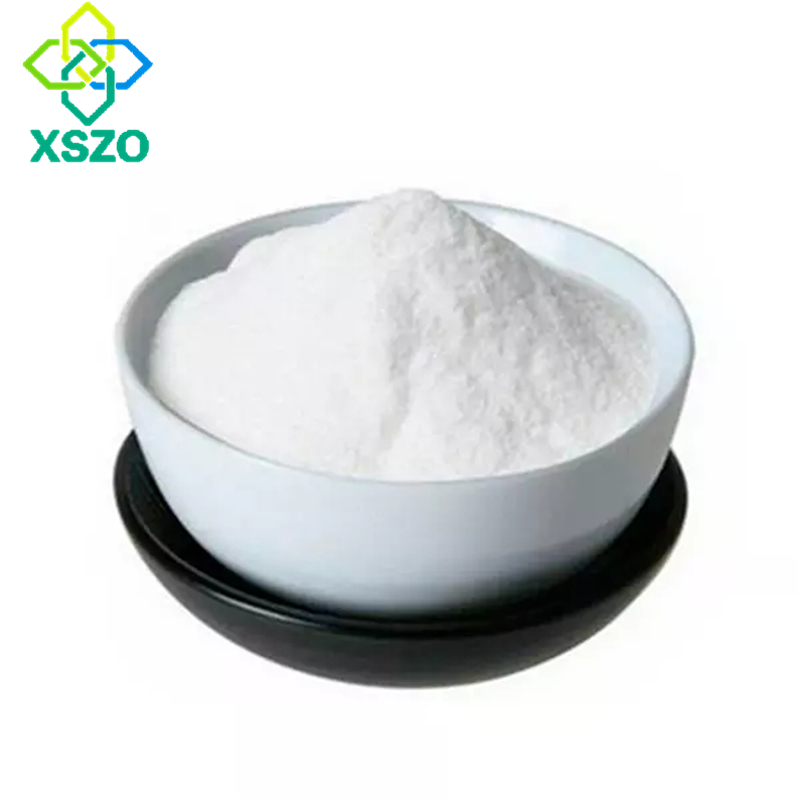
产品详情
Product Description
Vanillin is the first fragrance synthesized by humans, and it is usually divided into methyl vanillin and ethyl vanillin.
(1) Methyl vanillin: white or light yellow crystals, with vanilla aroma and rich milky aroma. It is the largest variety in the perfume industry and is the main ingredient of creamy vanilla flavor that people generally love. It has a wide range of uses, such as in the food, daily chemical, and tobacco industries as a fragrance raw material, flavoring agent or flavor fixative. Among them, beverages, candies, cakes, biscuits, bread, roasted seeds and other foods are mostly used.
(2) Ethyl vanillin: white to slightly yellow needle-like crystals or crystalline powder, similar to the aroma of vanilla beans, the aroma is stronger than that of methyl vanillin. It is a broad-spectrum spice. It is one of the most important synthetic spice in the world today. It is an indispensable and important raw material in the food additive industry. Its aroma is 3-4 times that of vanillin. It has a strong vanilla bean aroma. And lasting fragrance. It is widely used in food, chocolate, ice cream, beverages and daily cosmetics to enhance and fix fragrance. In addition, ethyl vanillin can also be used as feed additive, brightener in electroplating industry, and intermediate in pharmaceutical industry.
Vanillin is commonly known as vanilla powder, vanillin, vanilla powder, vanilla extract, and vanillin. It is an important spice extracted from vanilla bean of the rutaceae plant. It is one of the most produced varieties of synthetic spice. It is an important raw material for blending chocolate, ice cream, chewing gum, cakes and tobacco flavors. It is naturally found in vanilla pods, as well as clove oil, oakmoss oil, Peru balsam, tolu balsam and benzoin. Vanillin has a strong and unique aroma of vanilla bean, the aroma is stable, and it is not easily volatile at higher temperatures. It is easily affected by light, oxidizes gradually in the air, and easily changes color when it encounters alkali or alkaline substances. The aqueous solution reacts with ferric chloride to form a blue-violet solution. It can be used in many daily chemical flavor formulations, but it is mainly used in edible flavors. Especially it is widely used in candies, chocolates, beverages, ice cream, alcohol, and also very useful in tobacco flavors. IFRA has no restrictions. However, it is easy to cause discoloration, so you should pay attention when using it in white perfumed products. Vanillin is also an important edible spice. It is used as a foundation spice. It is used in almost all flavors. It is widely used in the food industry. As a food flavor, it is widely used in bread, cream, ice cream, brandy, etc., in cakes and biscuits. The additive amount is 0.01-0.04%, and in candy, it is 0.02-0.08%. It is one of the most used spices in baked goods and can be used in chocolate, biscuits, cakes, pudding and ice cream. Dissolve with warm water before use for better effect. The highest usage amount is 220mg/kg for baked goods and 970mg/kg for chocolate. As a fixative, coordinator and modifier, it is widely used in cosmetic flavors. It is also an important flavoring agent for beverages and foods. It is also used in the manufacture of medicine L-dopa (L-dopa), methyldopa, etc. It can also be used as a brightener for nickel and chromium metal electroplating.
1. Edible spices: Vanillin is an edible flavoring agent. It has a vanilla bean aroma and a strong milky aroma. It is an indispensable and important raw material in the food additive industry. It is widely used in various flavors that need to increase the milk aroma. In fragrant foods, such as cakes, cold drinks, chocolates, candies, biscuits, instant noodles, bread and tobacco, flavored wines, toothpaste, soap, perfume cosmetics, ice cream, beverages and daily cosmetics, it plays a role in enhancing and fixing fragrance. It can also be used in soap, toothpaste, perfume, rubber, plastic, and pharmaceuticals. Comply with FCCIV standards. 2. Domestic vanillin is mainly used as a food additive. In recent years, its application in the field of medicine has been continuously expanded, and it has become the most potential field of vanillin application. At present, domestic vanillin consumption: food industry accounts for 55%, pharmaceutical intermediates account for 30%, feed seasonings account for 10%, and cosmetics account for 5%. Vanillin has a wide range of applications abroad. It is widely used in the production of pharmaceutical intermediates, as well as plant growth promoters, fungicides, lubricating oil defoamers, electroplating brighteners, and conductive agents for the production of printed circuit boards.
High purity Natural Vanillin CAS 121-33-5 ISO Leading producer
Certificate of analysis
|
Test Items |
Standard |
Test method |
Results |
|
FCC |
|||
|
Appearance |
White to slightly yellow crystals,usually needles. |
Eyeballing |
Conformity |
|
Odor |
Odor and taste of vanilla |
Paired comparison method |
Conformity |
|
ldentification(lnfared spectra) |
The spectrum of the sample exhibits relativemaxima at the same wavelengths as those ofthe spectrum below. |
IR |
Conformity |
|
Assay, %(on the dried basis) |
≥99.0 |
Gc |
99.98 |
|
Loss on drying,% |
≤0.5 |
Silica gel drier |
0.05 |
|
Melting range,℃ |
81 - 83 |
Melting point apparatus |
81.3 |
|
Residue on ignition,% |
≤0.05 |
High temperature ignition |
0.04 |
|
Heavy Metals(Pb),% |
≤0.001 |
Colorimetry |
<0.001 |
|
Arsenic,% |
≤0.0003 |
Arsenic stain method |
<0.0003 |
|
Solubility |
Soluble in alcohol,chloroform,ether;1g dissolvesin 100mL water at 25℃, in 20 mL glycerin,and in20 mL water at 80℃. |
Dynamic method |
Conformity |
|
Conclusion |
This material complies with FCC |
||

